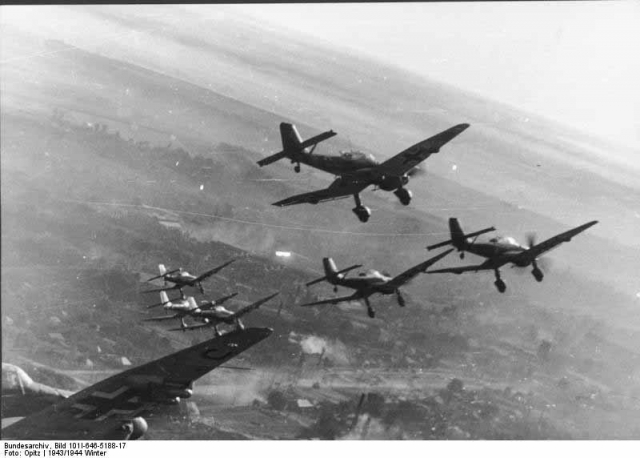Remembering The Battle of Britain

The Battle of Britain is one of the most important battles of the Second World War. It was the battle that ensured that Britain would be the only free Western European country that remained unoccupied by the Nazis and physically able to continue fighting throughout the conflict. It is arguably one of the most impressive examples of military resistance of the 20th century.
From September 1939 through to the summer of 1940 the Germans swept through Europe using the same tactic of Blitzkrieg on each country. Blitzkrieg was an attack from the air – a lightning assault on airbases, military sites, transport hubs and strategic sites all using an aerial attack quickly followed up days later with a land attack, which was then assured victory as most of the defences had already been destroyed or a least thrown into total confusion.
Following the swift defeat of Western Europe from spring to June 1940, the Nazis turned their attentions to Britain who now stood alone except for the support of her Commonwealth and Empire. The attack on Britain by Germany from the air started on 10 July 1940. While aerial attacks on Britain would continue throughout the Second World War, the Battle of Britain is regarded as lasting from 10 July to 31 October 1940. Most historians break the battle up into roughly four or five stages that explore the different tactics or focuses of the attacks.
However, what ensured over the following few months was a coming together of technology (radar, aircraft etc), human organisational ability, determination, bravery and commitment by those asked to defend Britain from the attacks.
The Royal Air Force was responsible for the bulk of the work, with its men and women working around the clock to stop the Nazis from destroying Britain and making a sea assault possible. Thousands of people were involved with coordinating the defence, including working the radar systems, anti-aircraft guns and ensuring the aircraft could operate. However, the most crucial teams were those airmen who took to the air to fight the Nazis over the skies of Britain. Approximately 3,000 pilots took part in the Battle of Britain as part of the RAF.
While the battle is known as the Battle of Britain, those fighting it on the British side were not just from the UK. According to the RAF Museum and other sources:
“During the Battle of Britain one fifth of Fighter Command's aircrew came from overseas and 16 nations were represented in its squadrons. A total of 126 New Zealanders, 98 Canadians, 33 Australians and 25 South Africans participated. They were joined by three Rhodesians, a Jamaican, a Barbadian and a Newfoundlander. The Commonwealth countries produced some of the best fighter pilots, including the Australian Flying Officer Paterson Hughes and Flight Lieutenant Adolph ‘Sailor’ Malan from South Africa.
“After the fall of France, the RAF welcomed into its ranks exiles from German-occupied Europe. In all, 145 Poles, 88 Czechoslovaks, 29 Belgians, 13 Frenchmen and an Austrian flew in the Battle and many of these proved to be excellent pilots. Though only operational for six weeks, the Polish No. 303 Squadron claimed 126 victories to become the top scoring RAF unit. The most successful RAF pilot, with 17 kills, was Sergeant Josef Frantisek, a Czech national who also flew with ‘303’.”
When the Battle of Britain finished in September 1940 the German air force, the Luftwaffe, changed tactics and began the Blitz campaign against British civilians. The war was by no means over, but the Nazis had suffered their first major defeat – a thought that kept many in occupied Europe afloat during the dark days that came and a reality that kept Britain free from occupation.
The men and women who brought that victory did so often with their lives, but their success is undoubtedly one of the most important lessons of how human resilience supported with technology can be victorious.

